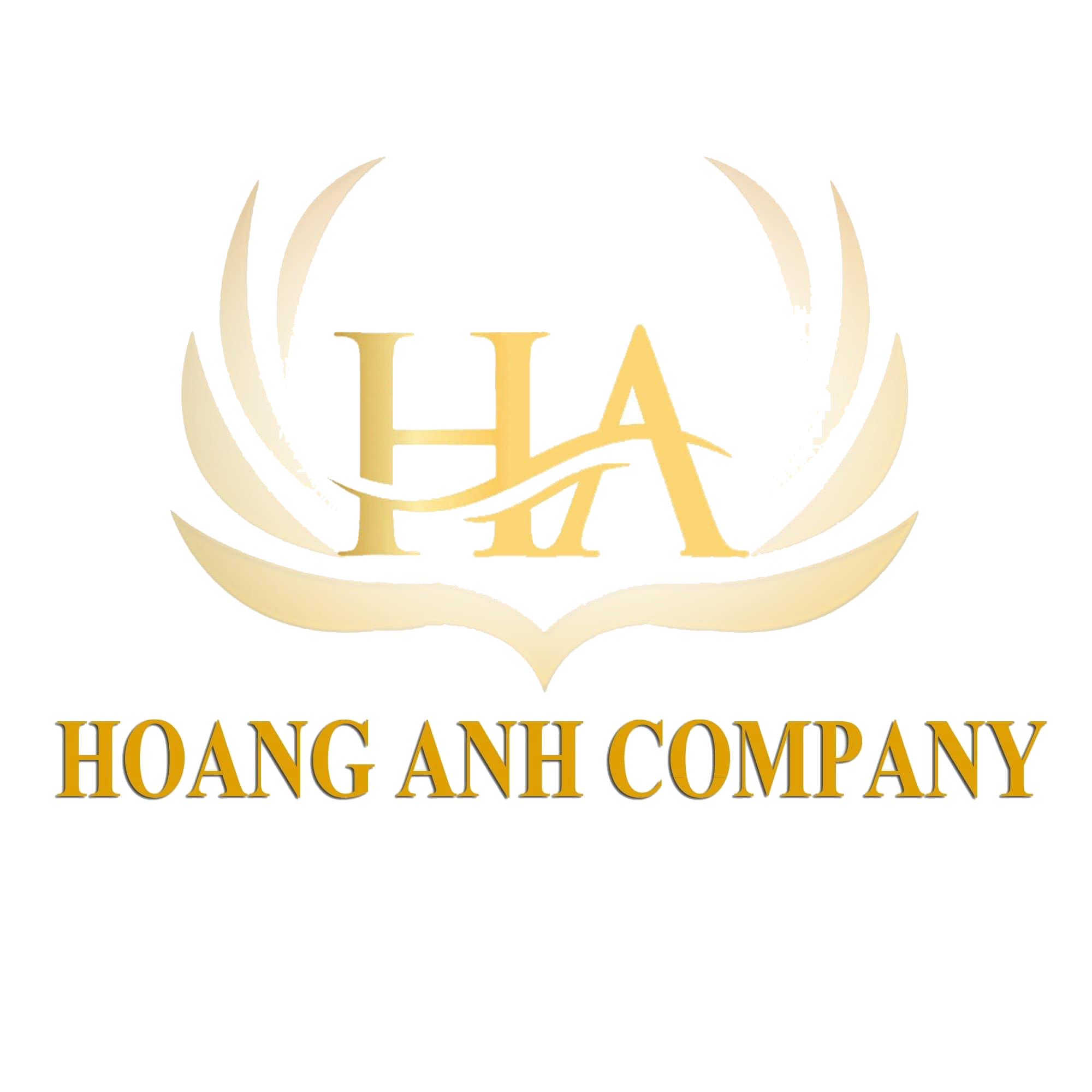Mangrove Charcoal: Hoang Anh Import-Export Company Unveils Vietnam's Secret to Superior Quality
"Mangrove Charcoal: Hoang Anh Import-Export Company Unveils Vietnam's Secret to Superior Quality"
When discussing the quality of charcoal, the first factor that consumers usually consider is burn time. Charcoal with a long burn time is more efficient and cost-effective to use, helping consumers achieve their cooking or heating goals optimally without needing to replace the charcoal too frequently. However, in this article, Hoang Anh’ll share with you the diverse quality of mangrove charcoal besides burn time.
Table of Contents
1. Purity and Composition
2. Heat Output: Consistent and High Performance
3. Smoke and Ash Production: Clean and Convenient
4. Hardness and Density: Durability and Heat Consistency
5. Origin and Sustainability: Ethical and Environmental Considerations
Quality of Mangrove Charcoal
Mangrove charcoal, derived from mangrove trees found in coastal regions, is prized for its high density and energy efficiency. Mangrove charcoal, crafted from robust hardwood, renowned for its superior characteristics, is becoming increasingly popular due to its exceptional quality. Here’s a comprehensive look at the five main factors that consumers should consider when evaluating mangrove charcoal:
1. Purity and Composition
The purity and composition of mangrove charcoal are also important factors. High-quality charcoal should be free from contaminants, additives, or binders that can affect its performance and safety. Pure mangrove charcoal typically consists of high carbon content and minimal impurities, which enhances its efficiency and safety for use. Checking the composition and ensuring that the charcoal is free from undesirable substances can help in selecting a product that performs well and is safe for consumption or use.

2. Heat Output: Consistent and High Performance
Heat output, or calorific value, is another essential factor in assessing mangrove charcoal. Good charcoal should deliver a high and consistent level of heat, ensuring stable temperatures for various applications. Whether used for grilling, barbecuing, or industrial processes, consistent heat output is crucial for achieving optimal performance.
High heat output ensures that the charcoal maintains steady temperatures, which is vital for even cooking and efficient heating. Consumers should look for mangrove charcoal that provides a strong and reliable heat source, which enhances both culinary results and heating efficiency.
3. Smoke and Ash Production: Clean and Convenient
The production of smoke and ash is a significant consideration for many consumers. High-quality mangrove charcoal should produce minimal smoke and ash, contributing to a cleaner and more pleasant experience. Low smoke production reduces air pollution and minimizes discomfort, particularly in enclosed spaces where excessive smoke can be irritating.
Similarly, reduced ash production simplifies post-use cleanup, making maintenance easier and more convenient. Charcoal that produces less smoke and ash also supports a cleaner environment, aligning with the growing emphasis on reducing ecological impacts.
4. Hardness and Density: Durability and Heat Consistency
The physical properties of mangrove charcoal, including hardness and density, play a crucial role in its quality. Hard and dense charcoal typically offers longer burn times and more consistent heat output compared to softer and more porous types. Dense charcoal has a higher energy content, which contributes to its durability and reliable performance.

Hard charcoal burns longer and provides steady heat, ensuring that users get the most out of their charcoal. Conversely, softer and more porous charcoal can burn out quickly and produce uneven heat, making it less efficient and less reliable.
5. Origin and Sustainability: Ethical and Environmental Considerations
The origin and sustainability of mangrove charcoal are increasingly important for environmentally conscious consumers. High-quality charcoal should come from sustainable sources where harvesting practices are managed responsibly. Sustainable production methods include selective logging, reforestation, and adherence to environmental regulations.

By choosing mangrove charcoal from responsible sources, consumers can support eco-friendly practices and contribute to the preservation of mangrove ecosystems. Sustainable practices ensure that charcoal production does not lead to deforestation or environmental degradation, aligning with broader goals of environmental conservation.
Conclusion
When evaluating the quality of mangrove charcoal, consumers should consider burn time, heat output, smoke and ash production, hardness and density, and the sustainability of its origin. Each of these factors contributes to the overall effectiveness, efficiency, and environmental impact of the charcoal. By understanding these key attributes, consumers can make informed decisions and select high-quality mangrove charcoal that meets their specific needs while supporting sustainable and responsible practices.
Hoang Anh export
48 Street No. 1C, Phu My Residential Area, Phu My Ward, District 7, Ho Chi Minh City
Hotline: 0989.135.531
Website: hoanganhexport.com.vn
Email: [email protected]








